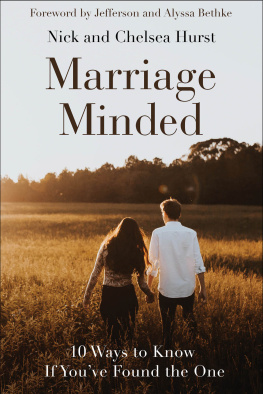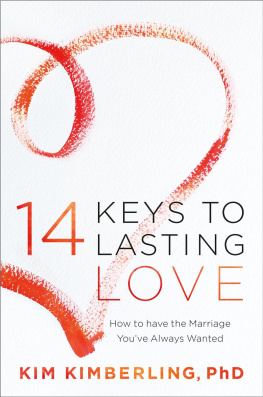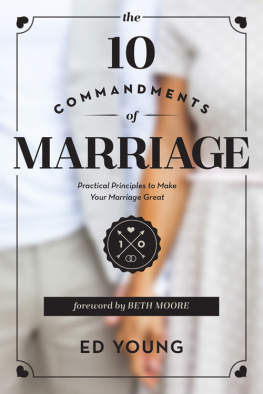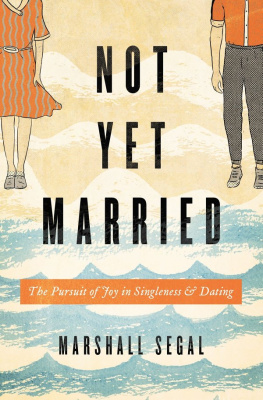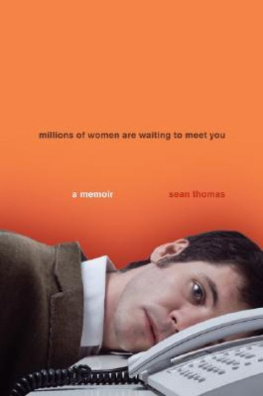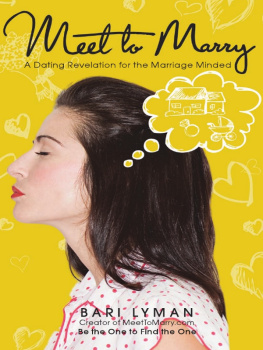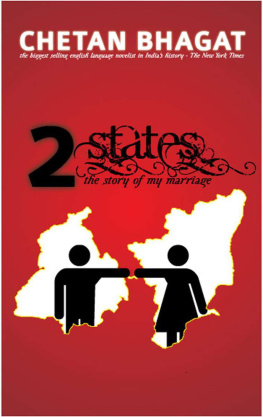C ONTENTS
Classified
The Secret History of the Personal Column
H. G. Cocks

About the Book
Lonely Young Officer, up to his neck in Flanders mud, would like to correspond with young lady (age 18-20), cheery and good looking. 1916
Discreet, attractive couple 21 and 25 wish to meet couples and singles 21-35 for exciting and fun-loving adult relationships. Open-minded but not way out. No prejudices. Full length photo, address, and detailed letter assures same. 1969
From the sporty girls and artistic boys of the Edwardian era to the lonely soldiers of the Great War, the marriage bureaux of the fifties, and on to the swingers of the sixties and the internet dating sites of today, Classified tells the hidden history of those who used personal ads to search for love, friendship, marriage and adventure. Ever since its invention, back in the seventeenth century, the personal column has been a gateway to all sorts of delights and dangers, and has had its heroes and villains the pioneering lonely hearts entrepreneur Alfred Barrett; Heather Jenner, queen of the marriage bureaux; the shadowy pornographer Cyril Benbow, and Hayley Morriss, the Sultan of Sussex, who treated his carefully-assembled domestic staff as his own personal harem.
Surprising and fascinating, Classified shows how ordinary people grappled with love, sex, marriage and friendship during the turbulent twentieth century.
About the Author
H. G. Cocks is a lecturer in History at Nottingham University. He is the author of Nameless Offences (Tauris, 2003), a history of Victorian homosexuality, and (with Matt Houlbrook) editor of The Modern History of Sexuality (Palgrave, 2005).
I NTRODUCTION
These days, friendship, sex or even love is seemingly only a click away. With the internet its never been easier or more convenient to meet those who share your interests, however bizarre or mundane, and even to find the man or woman of your dreams. If you do search for the eternal him or her online, you certainly wont be alone. There are more single people in Britain than ever before, and in 2007 the major internet dating sites collectively claimed more than 45 million members in nearly 250 countries, with more than 26 million unique visits to dating websites in Britain alone. And thats not even including the 14 million users of Facebook or the 12 million people using teenage networking site Bebo. So instead of working, why not check your Facebook, MySpace or Friendster profile instead, or look at Match.com and Dating Direct to see if you have any fans, potential dates or admirers? We, at least in the industrialised West, and increasingly elsewhere, are all advertisers now.
At least, thats what I thought as I was musing over some long-neglected research, distracting myself with a quick browse through a series of profiles, photos and neat little self-descriptions. It struck me that the personal ad has come a long way. Once regarded as a slightly suspect way of finding the ideal partner even as an admission of personal failure it now seems to be an everyday fact of life. But if weve learned to stop worrying and love the personal ad, when did we overcome our fear and disdain for this eminently practical approach to love and life? And have we really overcome it?
That got me thinking about the personal ads rise to respectability, and I realised that the file in front of me provided some of the answers. It contained documents dealing with the downfall of one Alfred Barrett, a man who in 1915 was the first to publish a magazine entirely devoted to lonely hearts advertising. His paper, the Link, was suppressed in 1921 for corrupting public morals. My initial assumption was that in 1915 meeting the opposite sex via small ads must have appealed to a minuscule number of people. Surely back then most courtship had taken place under the supervision of families, either through the upper class season, the rough and ready public encounters of working-class youth, or through the elaborate domestic rituals of middle-class respectability. However, a bit of detective work led me to a whole array of other papers, advertisers, stories and scandals that spanned a huge variety of media and had a past which stretched as far back as the seventeenth century.
At one time, all ads were in the form of short, pithy paragraphs of text, the first of which a statement of ecclesiastical rules governing the Easter festival was printed in 1477 by William Caxton.expansion of print and the proliferation of newspapers, pamphlets and periodicals.
At first glance, the early advertisements do not seem so different from those that became common in the twentieth century. Men looked for wives, women for husbands, and some even looked for unspecified arrangements. Such was the popularity of these columns that one young lady in 1777 could even complain that the mode of advertising is become too general although that did not prevent her from placing her own ad, seeking a man of fashion, honour, and sentiment, blended with good nature, and a noble spirit, such a one she would chuse for her guardian and protector. Yet although there were thousands of devotees, the anonymity involved not to mention the necessity of giving chapter and verse on income and prospects in each ad lent a mercenary air to the whole enterprise and ensured that it was not quite the done thing in polite society.
A GENTLEMAN Desirous of Marriage. Gentleman, 25 years of age, and of a healthful constitution, is desirous of altering his condition, by marrying a young lady (or Widow who has no child) and can make a Jointure proportionable to a fortune of 8000 or 10000 1. Advertisements of this kind are often inserted by Gentlemen for their Diversion; I do therefore declare myself in earnest, and the real foundation of applying in this public Way is a Want of Acquaintance in London sufficient to introduce me in a private one.
Matrimonial Advertisements, 1750
At the end of the nineteenth century, however, the matrimonial ad gained a new prominence and respectability. With much of Britains population living in cities by the 1890s, social commentators were becoming concerned that traditional courtship was increasingly outdated. Modern workers, they feared, were spending all their time at the office or in distant suburban lodgings and were finding it hard to meet suitable partners, with the result that some were resorting to the social life of the street and all its illicit temptations. Some respectable journalists, philanthropists and thinkers therefore began to argue that the small ad might be a solution to the difficulties of marriage and the anonymity of modern life. Some even experimented by setting up their own social networks for single people the first of which was founded in 1898. By the First World War things had progressed a step further. A few enterprising journalists like Alfred Barrett realised that small ads need not serve only those who wanted to marry but also those who were simply looking for companion ship. Now you no longer had to say that you were seeking matrimony, just that you wanted a pal or companion. Advertising for chums of both sexes suddenly became fashionable and modern.
Inevitably, lonely hearts ads attracted criticism from those worried that they were a threat to conventional morality. There was some substance to this fear: the personal column did not just cater for people in search of ordinary relationships, it also sheltered those on the edges of law and morality, such as gay men and women, lurking lotharios and adventurous single girls. There was a whole world of corres pondence clubs, companionship columns, lonely hearts clubs, dodgy book dealers, matrimonial bureaux, and, by the 1960s, wife swapping societies, who met through the personals. All this was hidden in plain sight between thin lines of type at the back of the newspaper or magazine.
Next page


